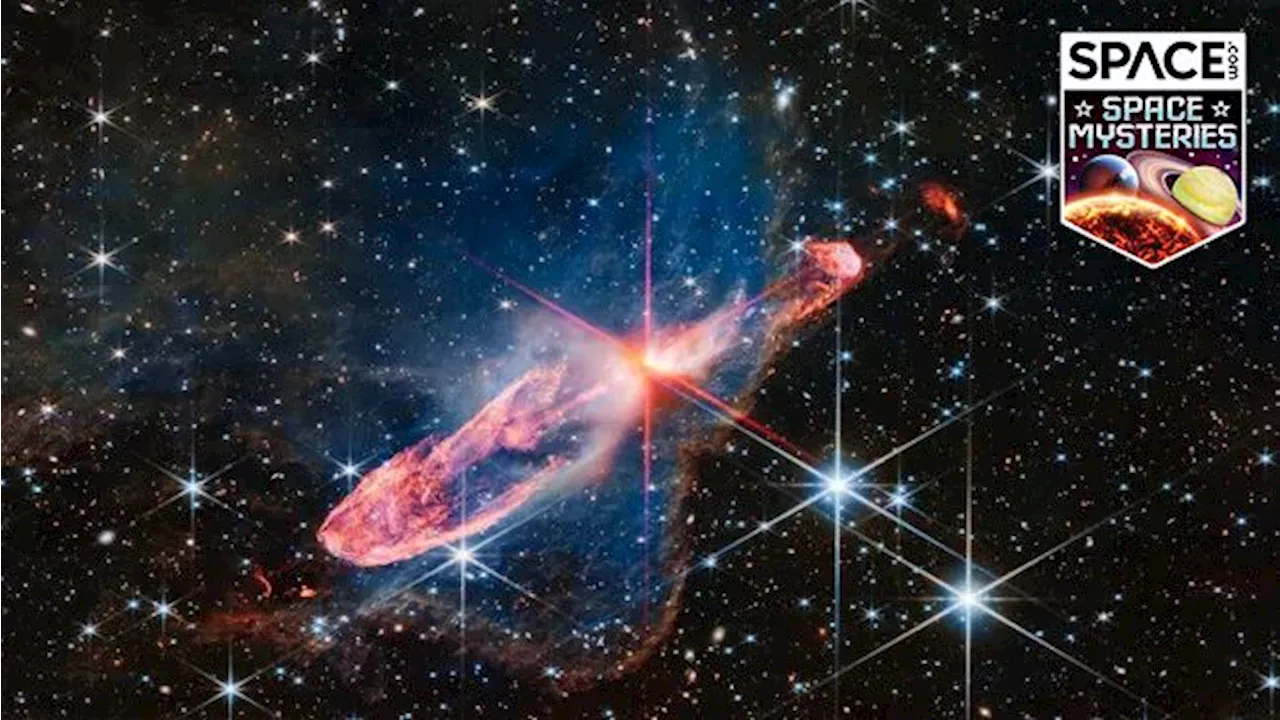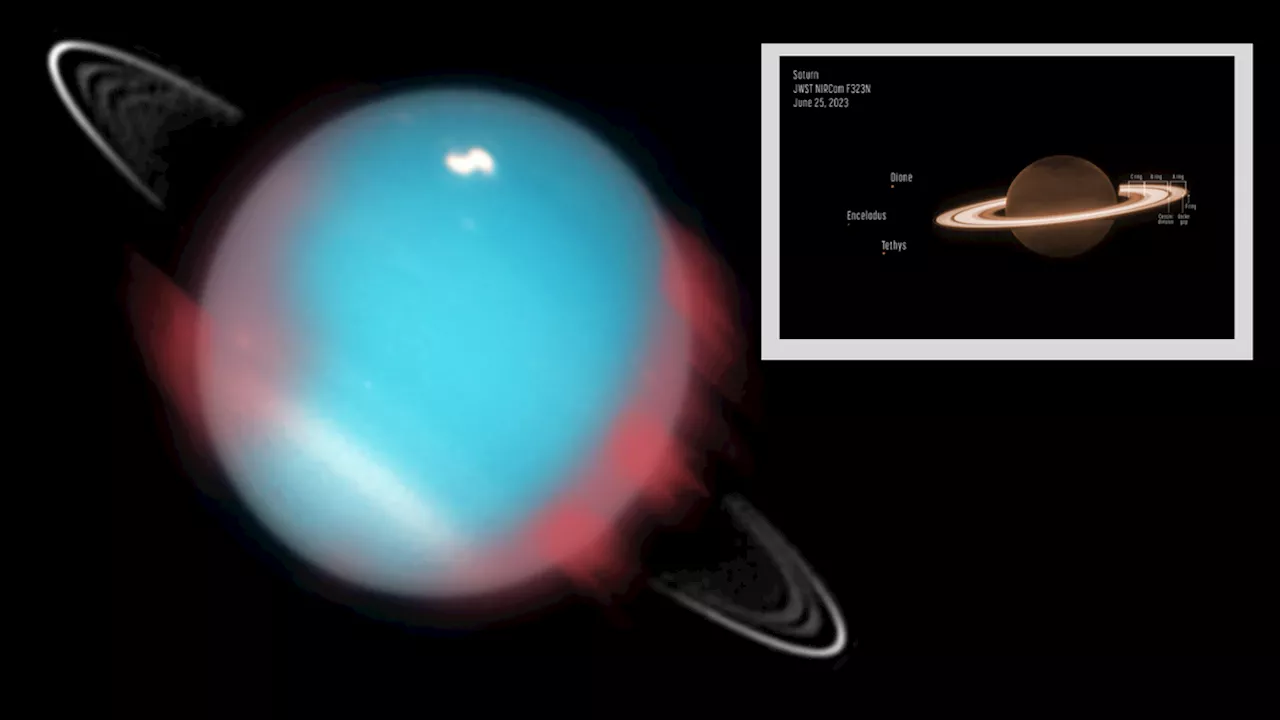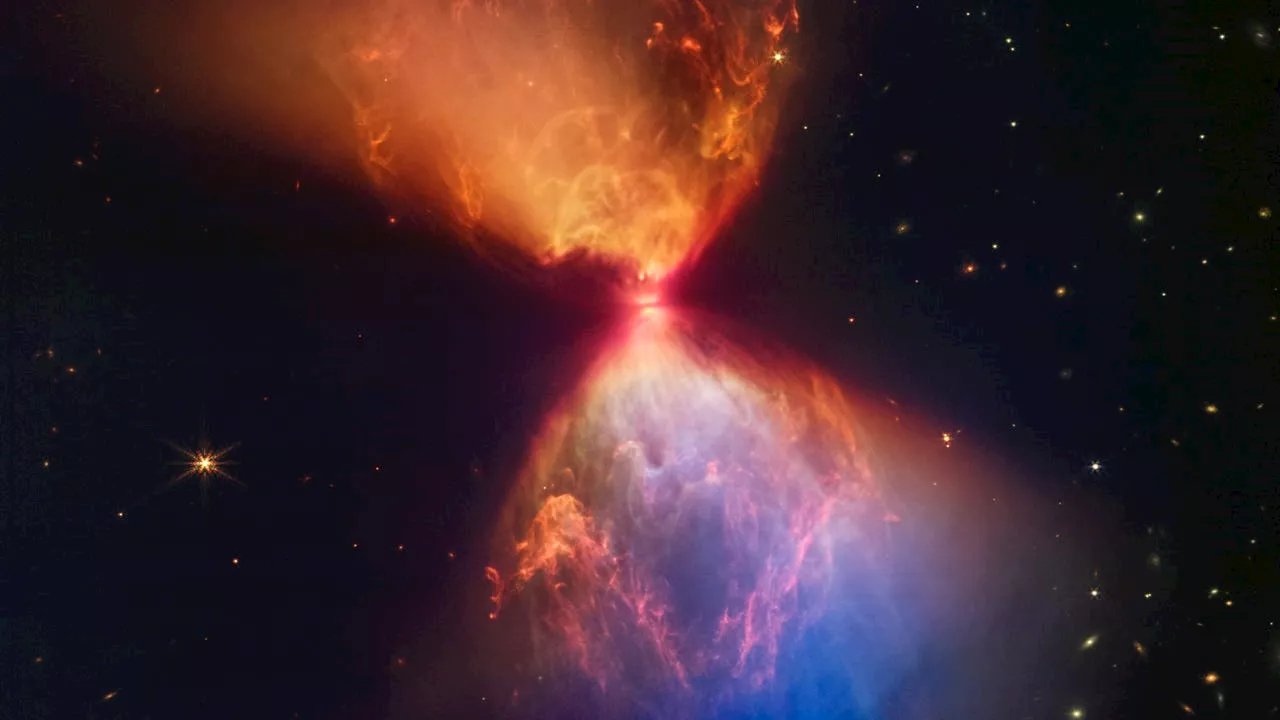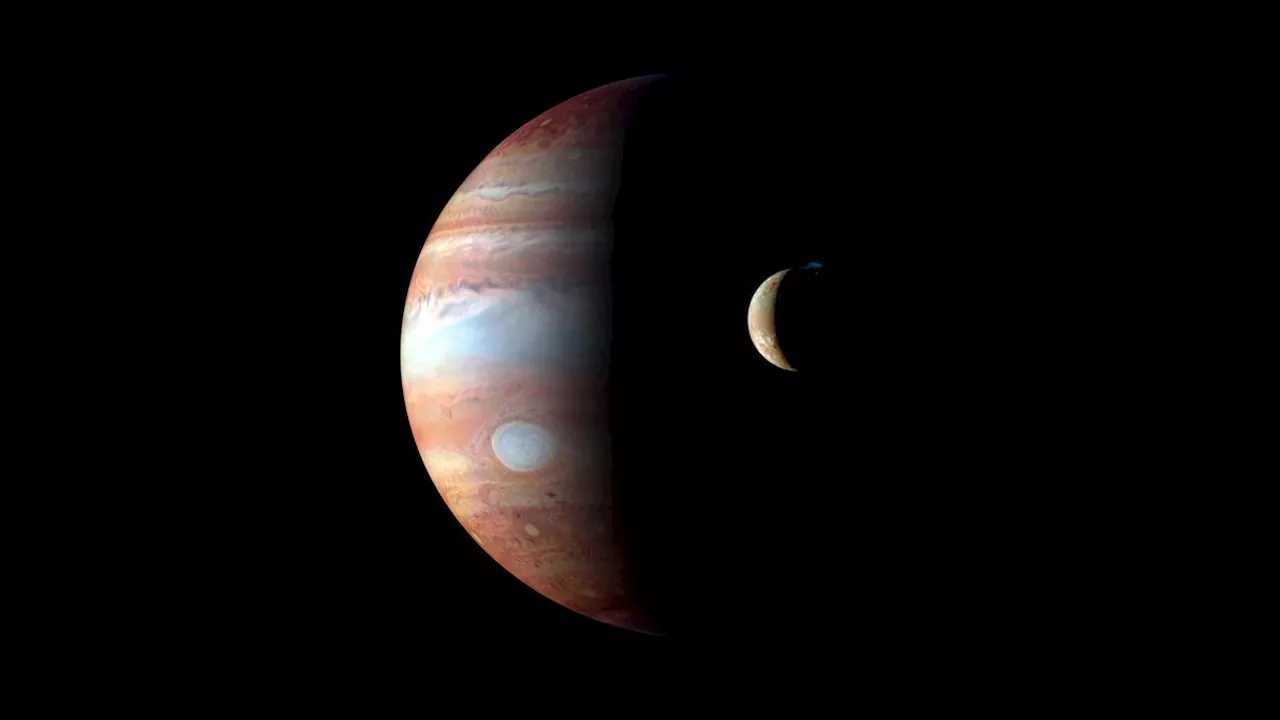Robert Lea is a science journalist in the U.K. whose articles have been published in Physics World, New Scientist, Astronomy Magazine, All About Space, Newsweek and ZME Science. He also writes about science communication for Elsevier and the European Journal of Physics. Rob holds a bachelor of science degree in physics and astronomy from the U.K.
Astronomers are hunting for planets in the process of forming around infant stars using the James Webb Space Telescope . The powerful space telescope quickly delivered the goods, albeit in an unexpected way., gathering more mass as they do so. Humanity has imaged many of these protoplanetary disks, but astronomers have only glimpsed the forming planets within them a few times to date.
In the protoplanetary disk around SAO 206462, the team spotted the signals of a forming planet, but with a twist: It wasn't the planet they were expecting to see. "When material falls onto the planet, it shocks at the surface and gives off an emission line at specific wavelengths," Cugno said."We use a set of narrow-band filters to try to detect this accretion. This has been done before from the ground at optical wavelengths, but this is the first time it's been done in the infrared with JWST."
With an estimated age of no more than 1 million years , HL Tau is the youngest star in the JWST protoplanetary disk investigation. This possible planet and any others failed to manifest in the team's study, but the sensitivity and power of the JWST did allow them to put constraints on any potential forming planets within this protoplanetary disk. This included ruling out the possibility that there are planets on the outskirts of the disk, far from the star MWC 758.
United States Latest News, United States Headlines
Similar News:You can also read news stories similar to this one that we have collected from other news sources.
 What are the true colors of images from the James Webb Space Telescope?Rebecca Sohn is a freelance science writer. She writes about a variety of science, health and environmental topics, and is particularly interested in how science impacts people's lives. She has been an intern at CalMatters and STAT, as well as a science fellow at Mashable.
What are the true colors of images from the James Webb Space Telescope?Rebecca Sohn is a freelance science writer. She writes about a variety of science, health and environmental topics, and is particularly interested in how science impacts people's lives. She has been an intern at CalMatters and STAT, as well as a science fellow at Mashable.
Read more »
 James Webb Space Telescope captures the end of planet formationHow much time do planets have to form from a swirling disk of gas and dust around a star? A new study gives scientists a better idea of how our own solar system came to be.
James Webb Space Telescope captures the end of planet formationHow much time do planets have to form from a swirling disk of gas and dust around a star? A new study gives scientists a better idea of how our own solar system came to be.
Read more »
 James Webb Space Telescope to investigate the stunning light shows of Saturn and UranusRobert Lea is a science journalist in the U.K. whose articles have been published in Physics World, New Scientist, Astronomy Magazine, All About Space, Newsweek and ZME Science. He also writes about science communication for Elsevier and the European Journal of Physics. Rob holds a bachelor of science degree in physics and astronomy from the U.K.
James Webb Space Telescope to investigate the stunning light shows of Saturn and UranusRobert Lea is a science journalist in the U.K. whose articles have been published in Physics World, New Scientist, Astronomy Magazine, All About Space, Newsweek and ZME Science. He also writes about science communication for Elsevier and the European Journal of Physics. Rob holds a bachelor of science degree in physics and astronomy from the U.K.
Read more »
 See images from NASA’s James Webb Space Telescope in new IMAX documentaryThe documentary “Deep Sky” will be in select IMAX theaters across the country in April. Here’s how you can see it.
See images from NASA’s James Webb Space Telescope in new IMAX documentaryThe documentary “Deep Sky” will be in select IMAX theaters across the country in April. Here’s how you can see it.
Read more »
 The James Webb Space Telescope is digging deep into the mysteries of gas planetsMonisha Ravisetti is Space.com's Astronomy Editor. She covers black holes, star explosions, gravitational waves, exoplanet discoveries and other enigmas hidden across the fabric of space and time. Previously, she was a science writer at CNET, and before that, reported for The Academic Times.
The James Webb Space Telescope is digging deep into the mysteries of gas planetsMonisha Ravisetti is Space.com's Astronomy Editor. She covers black holes, star explosions, gravitational waves, exoplanet discoveries and other enigmas hidden across the fabric of space and time. Previously, she was a science writer at CNET, and before that, reported for The Academic Times.
Read more »
